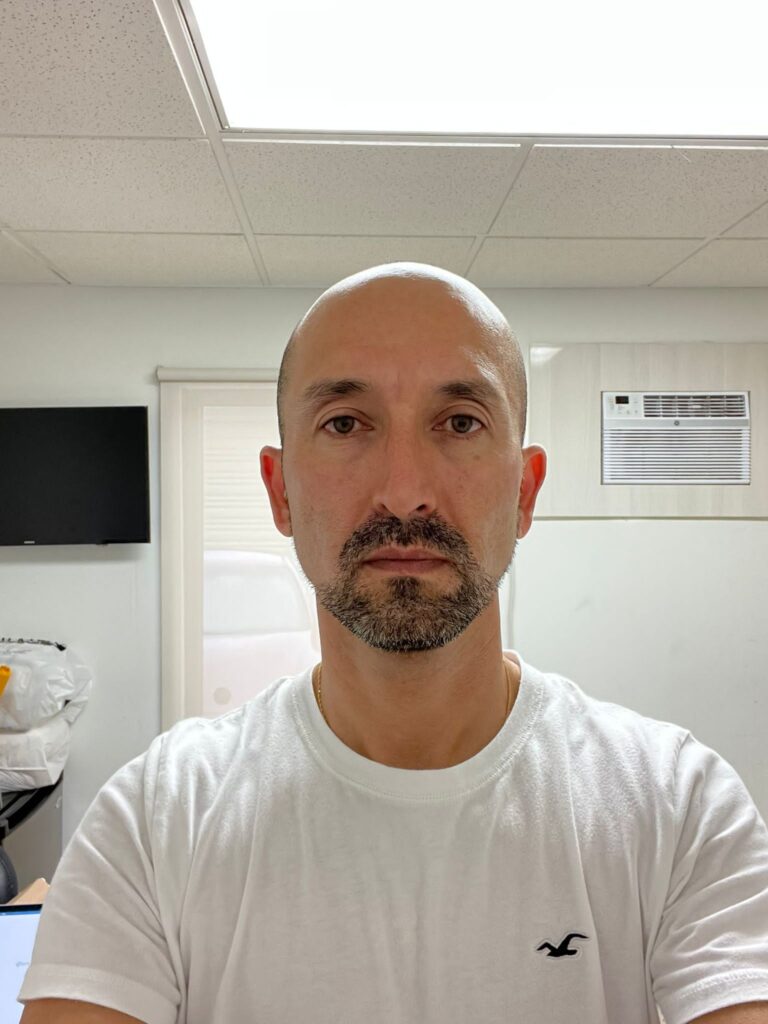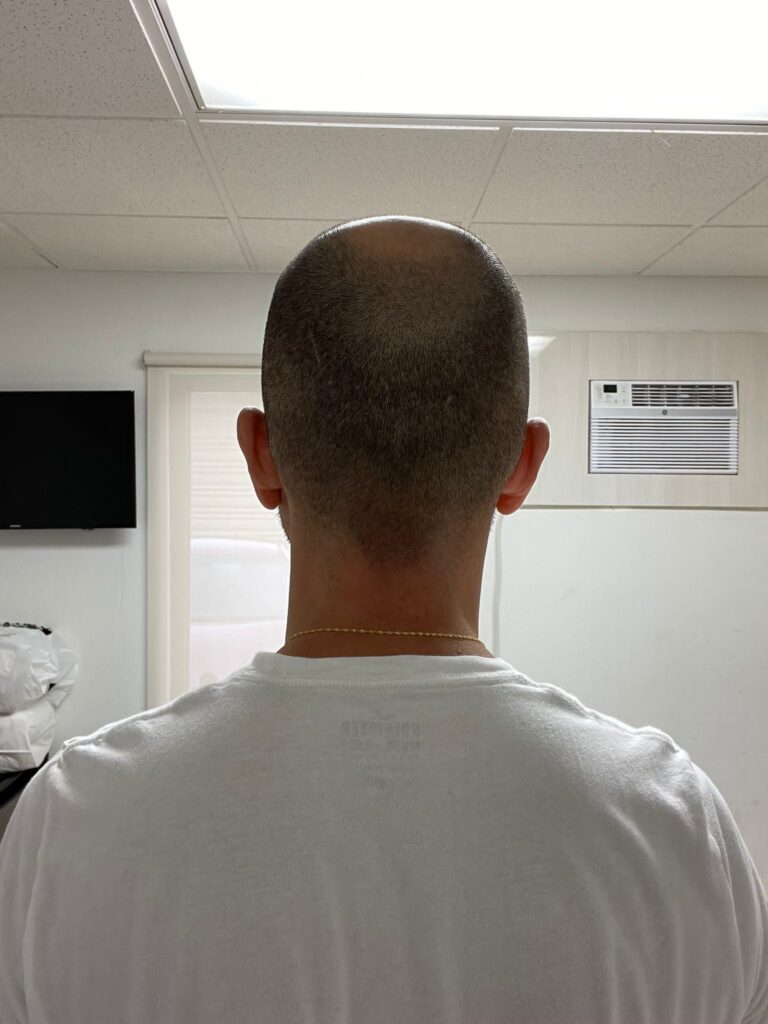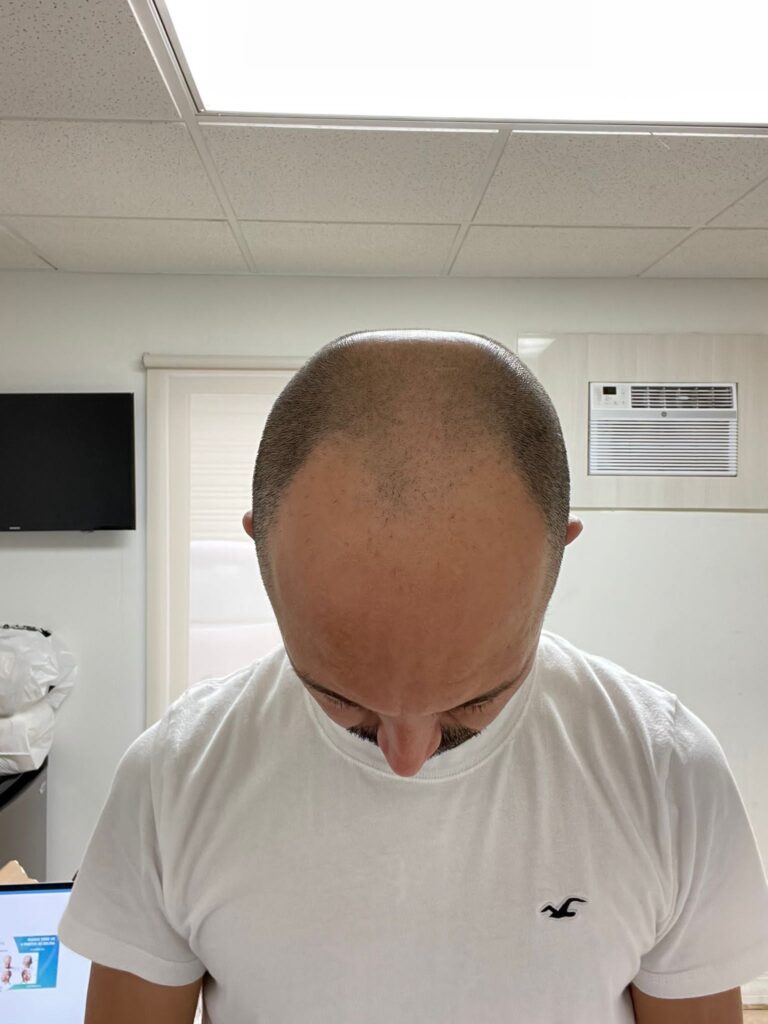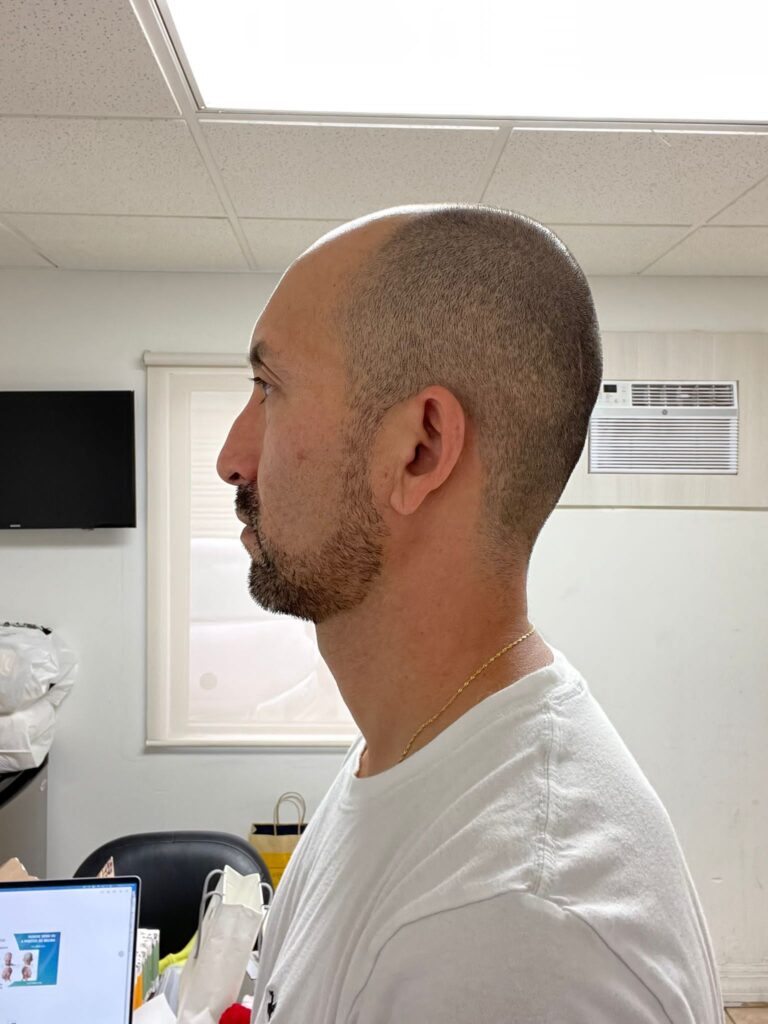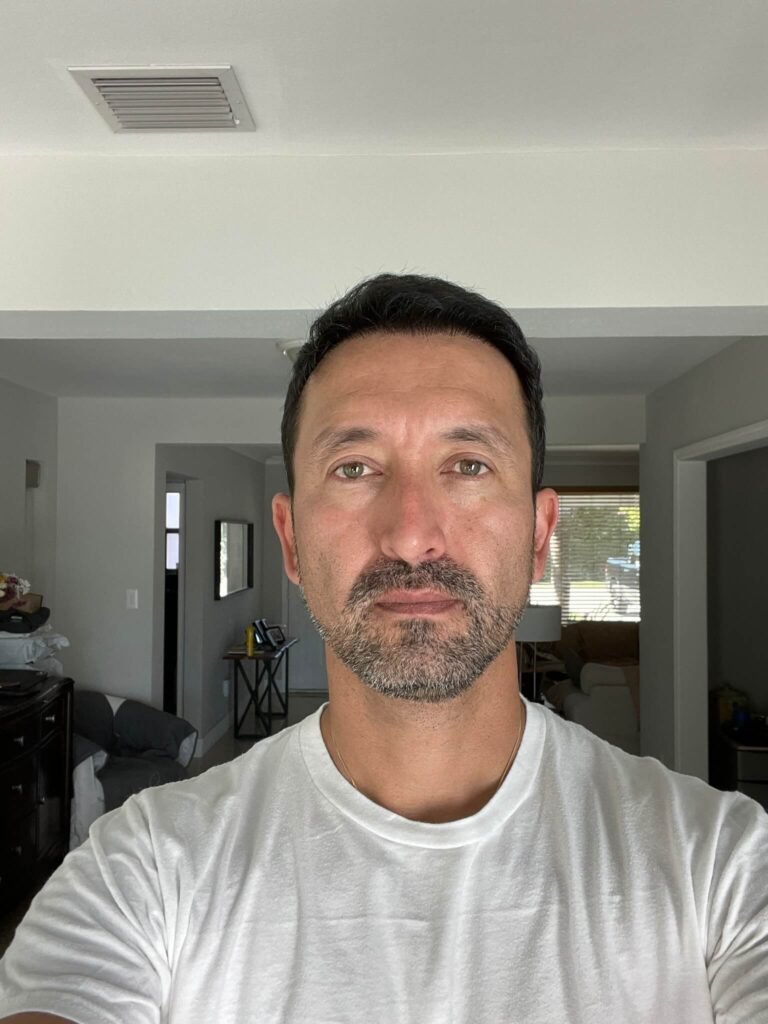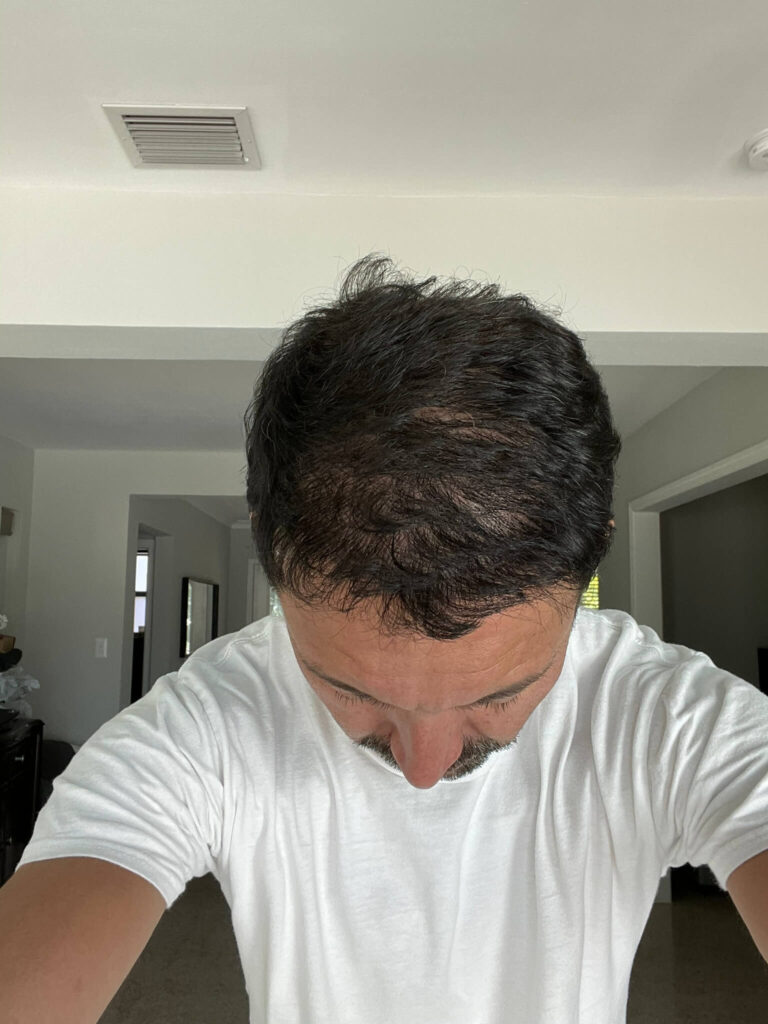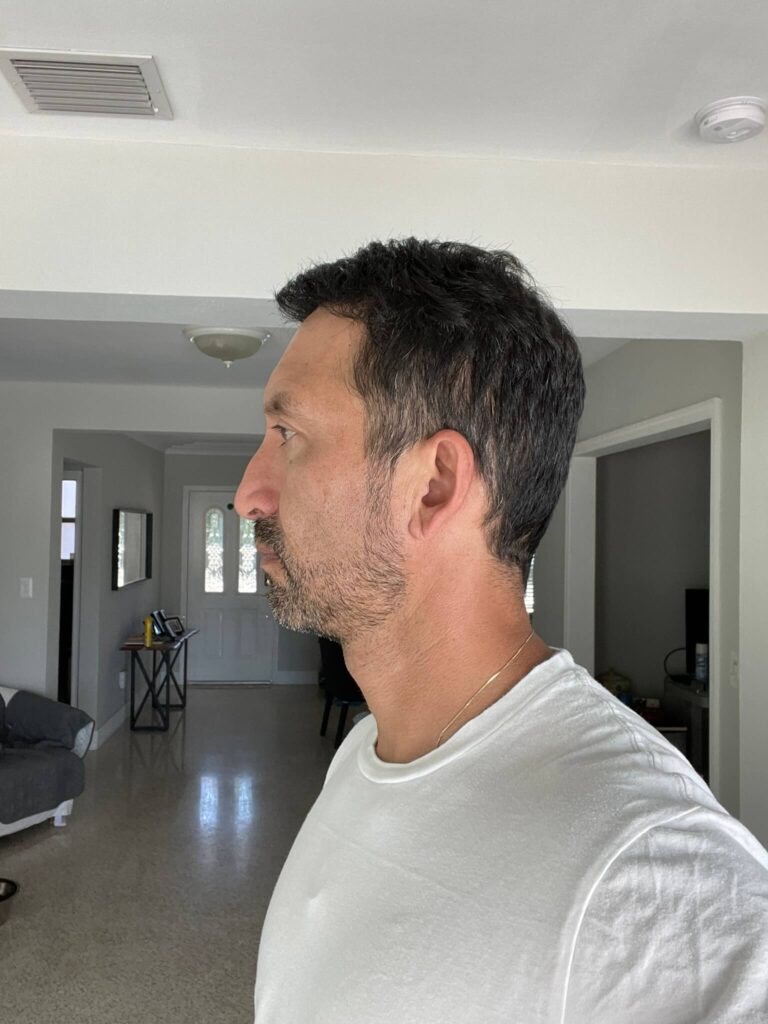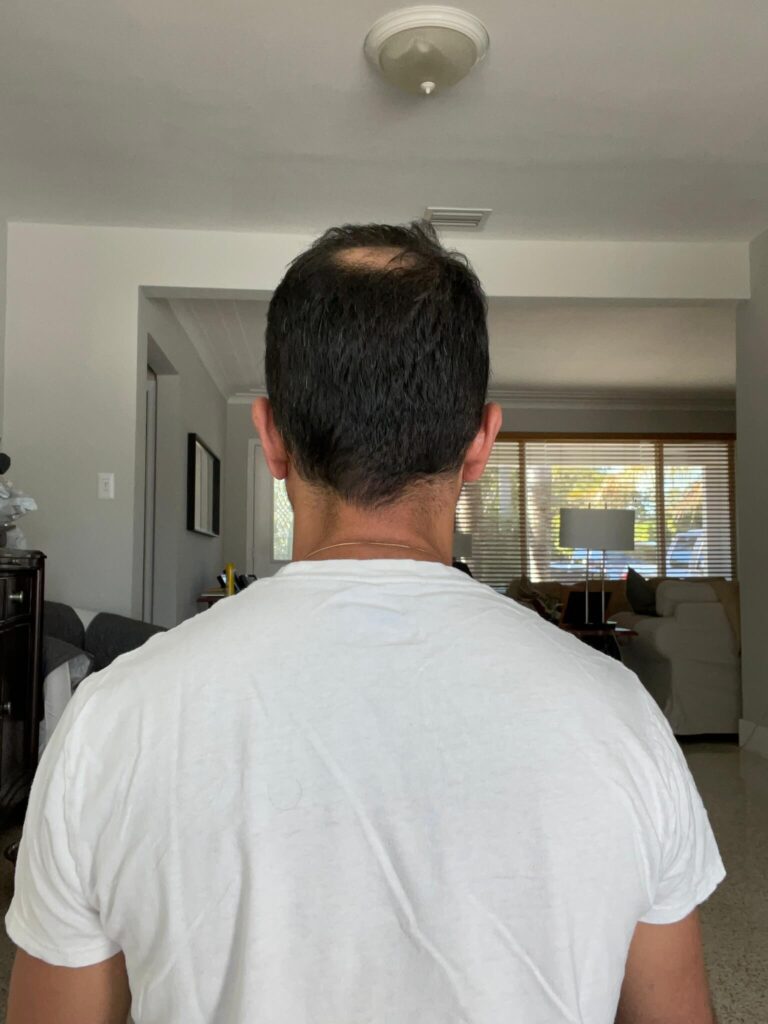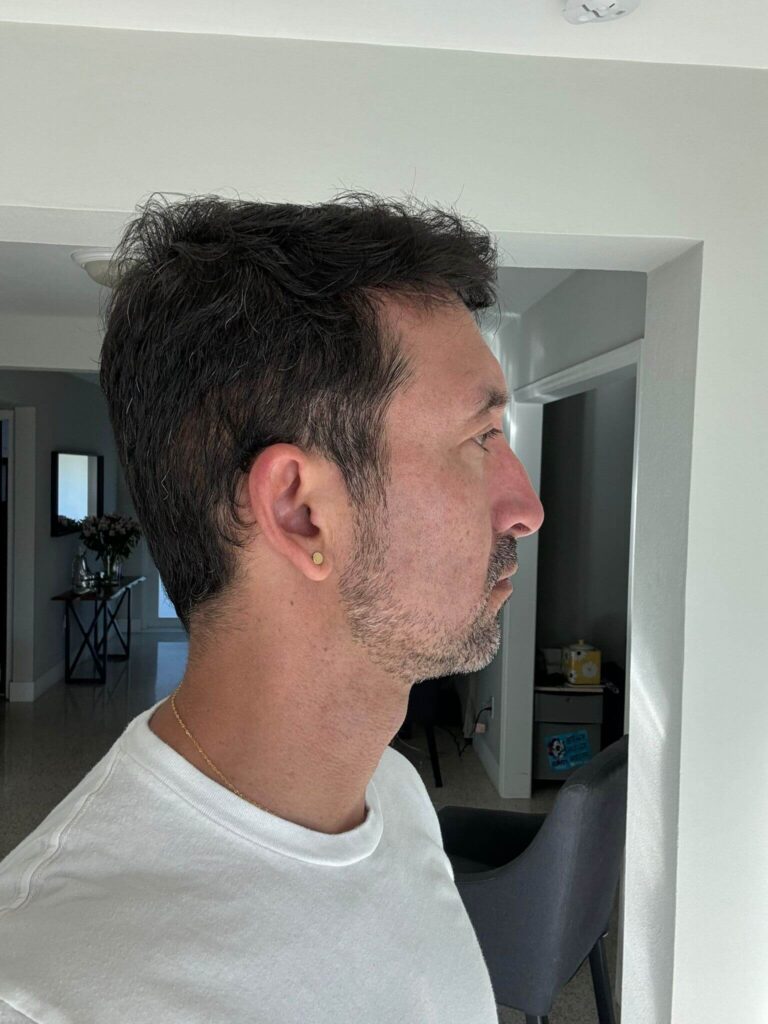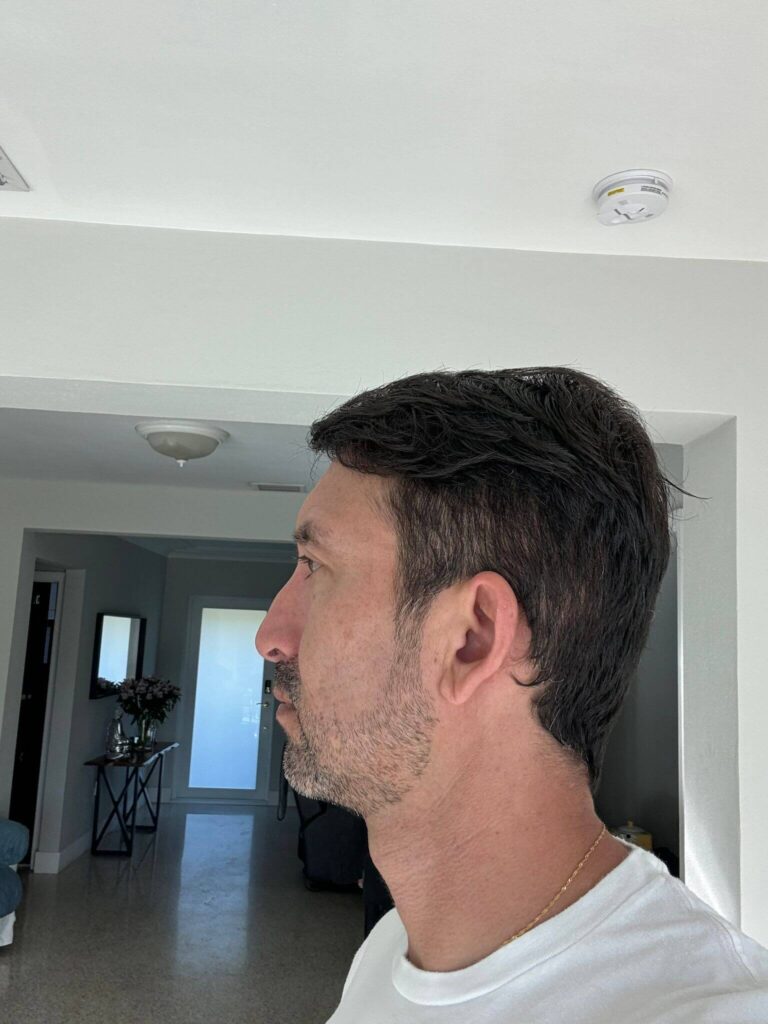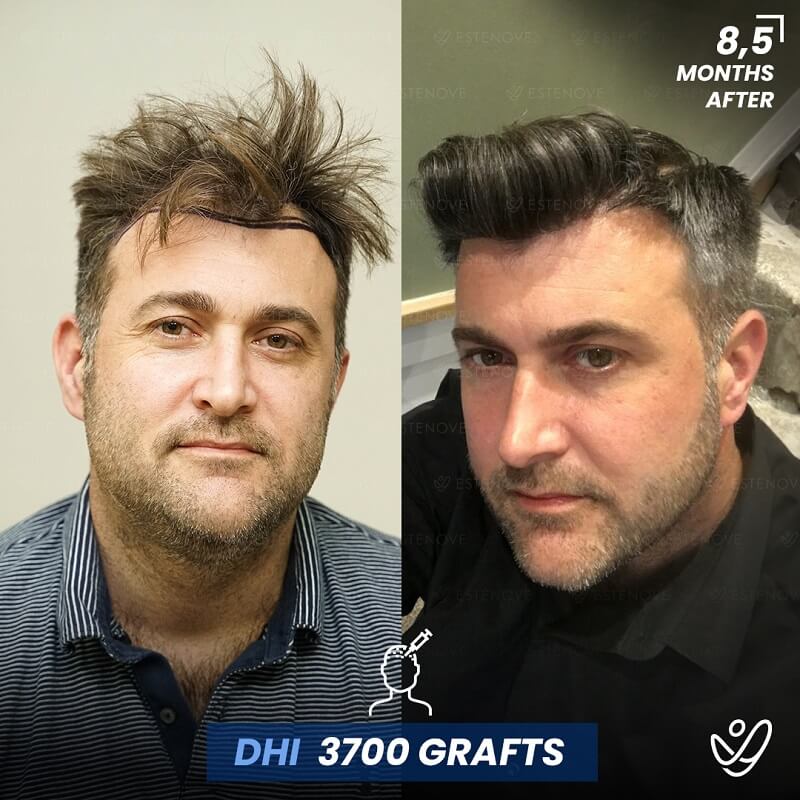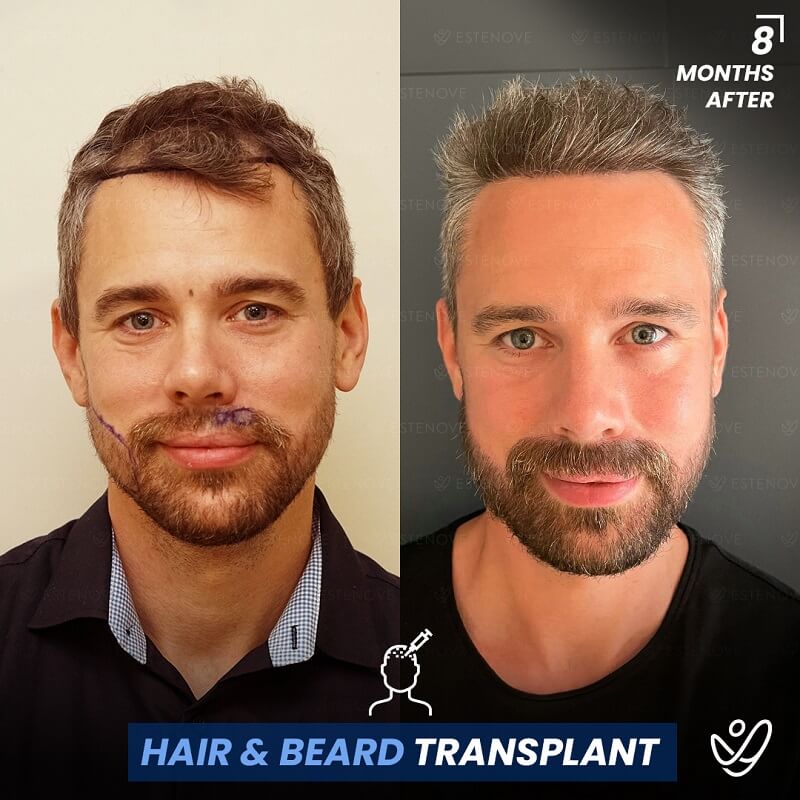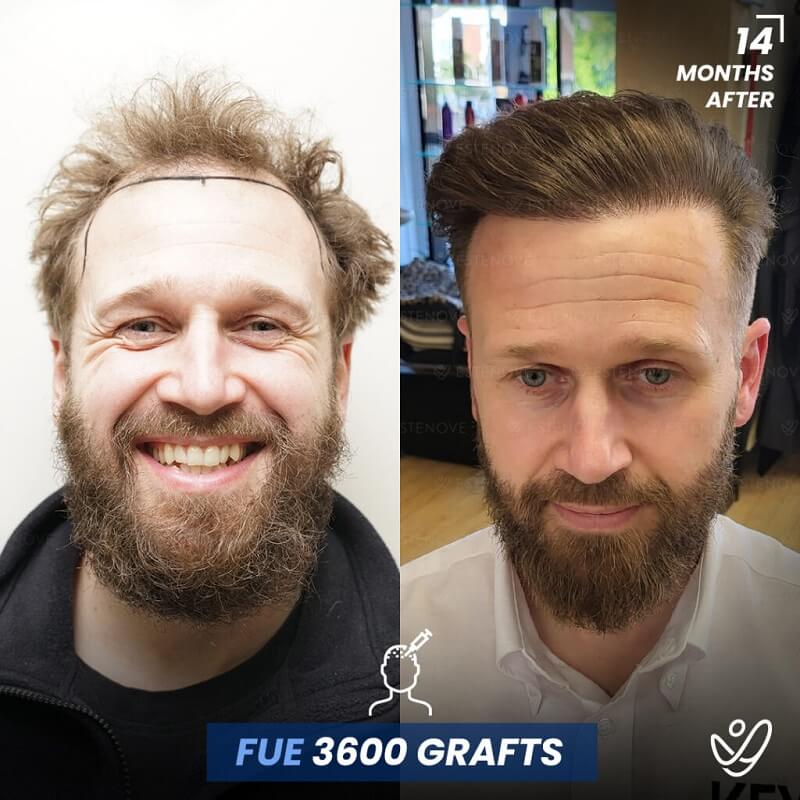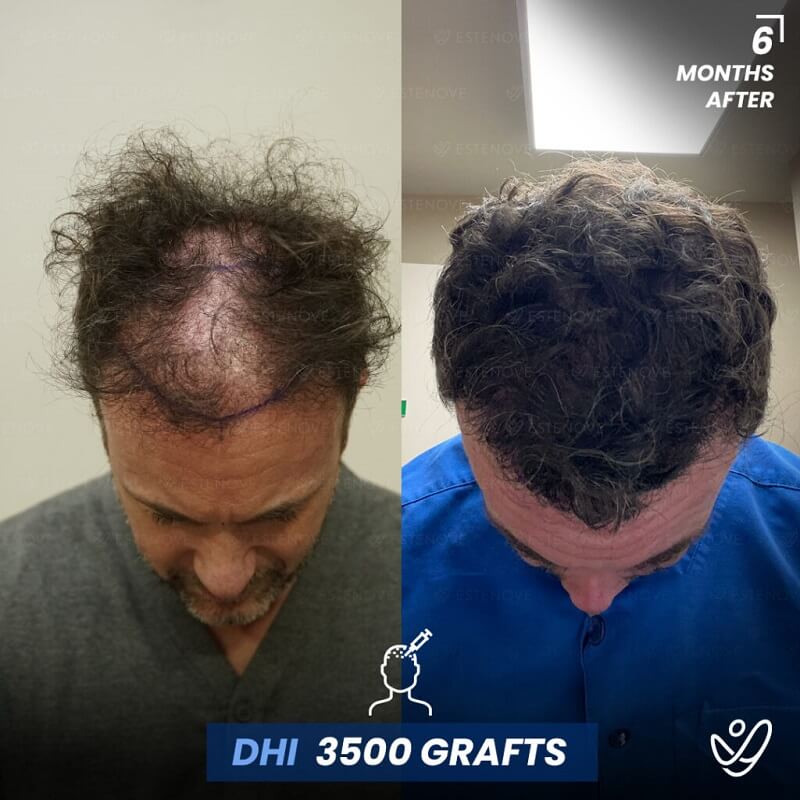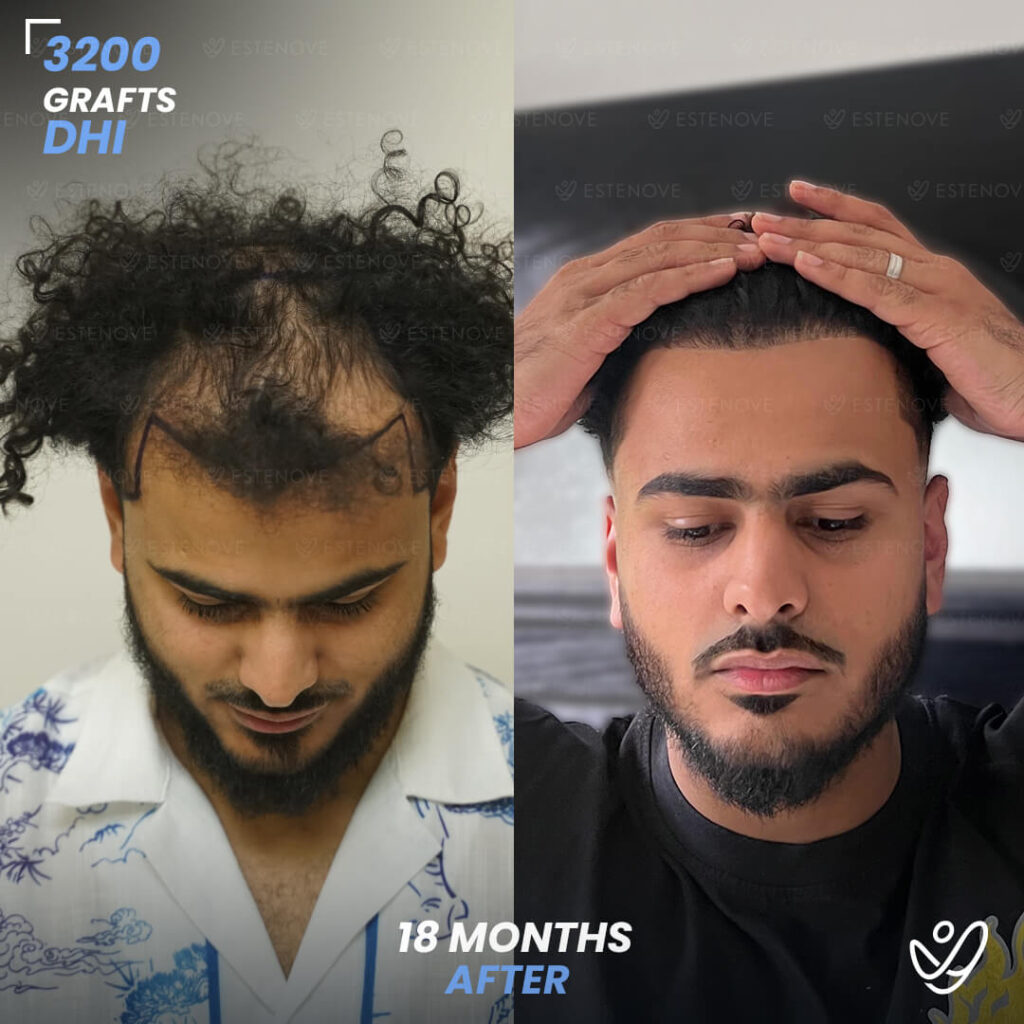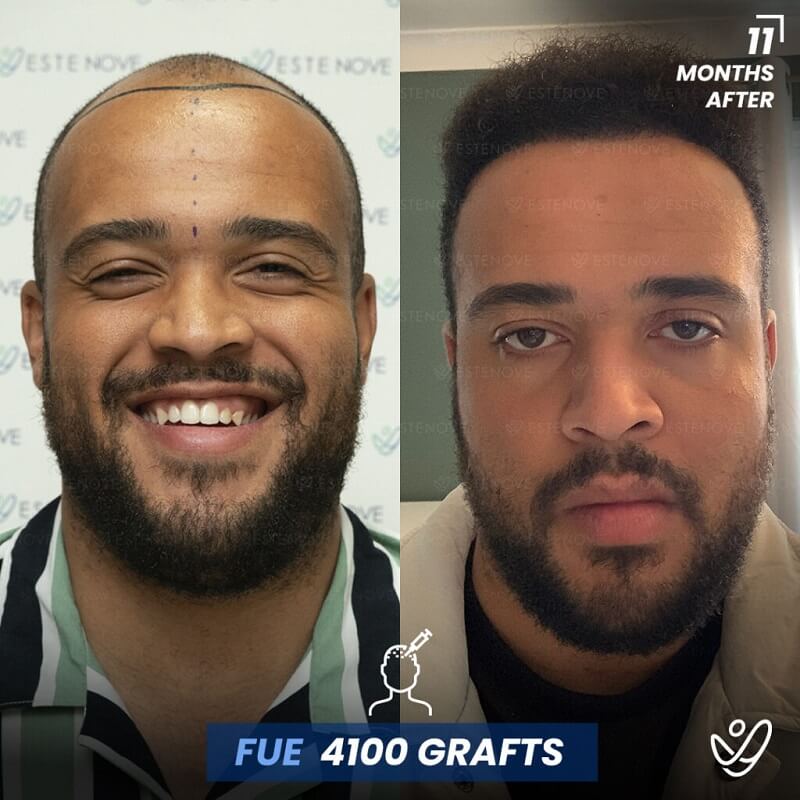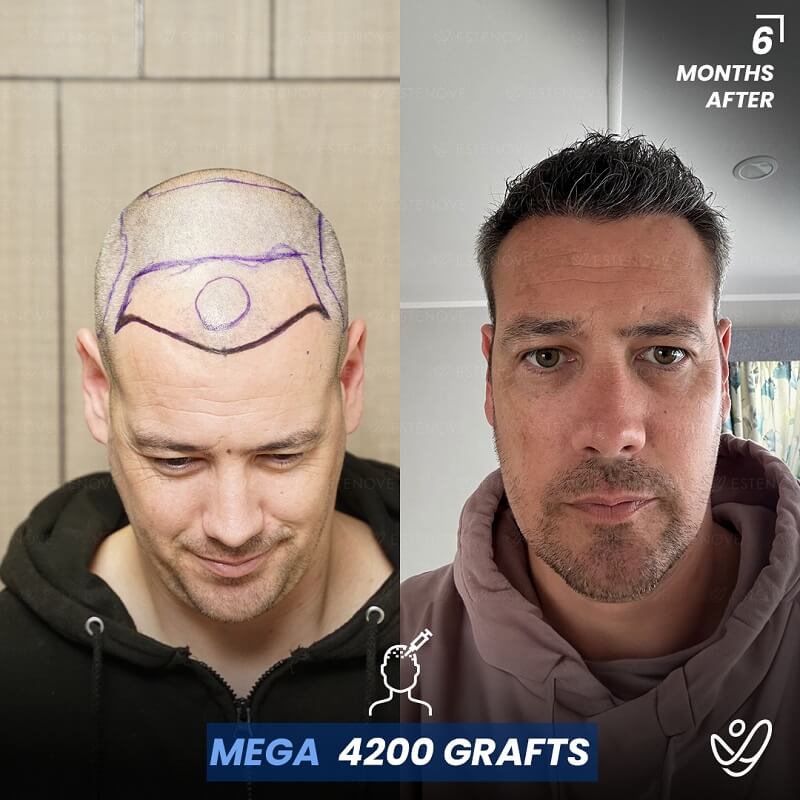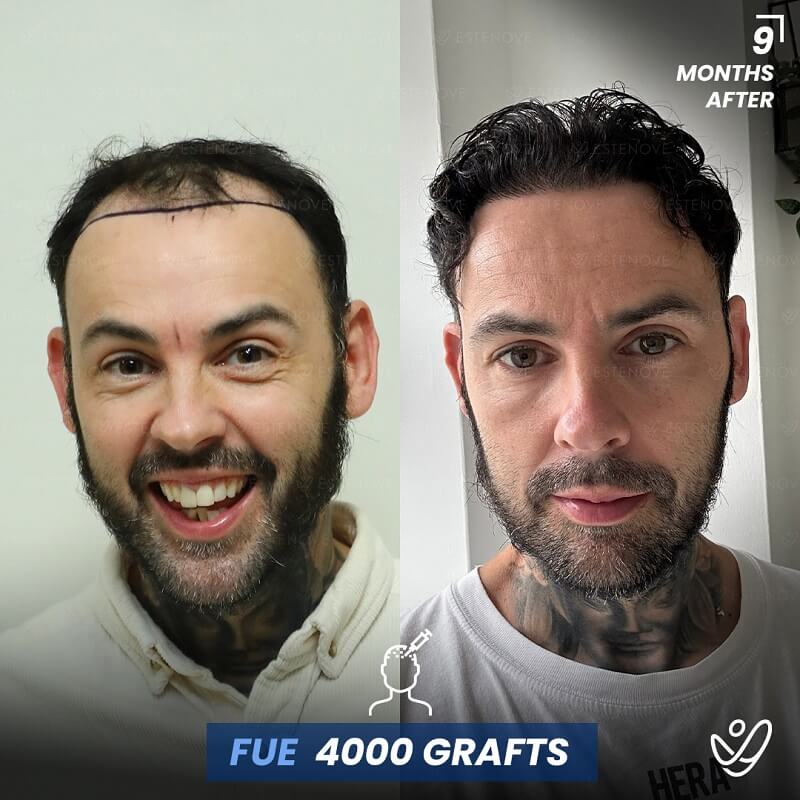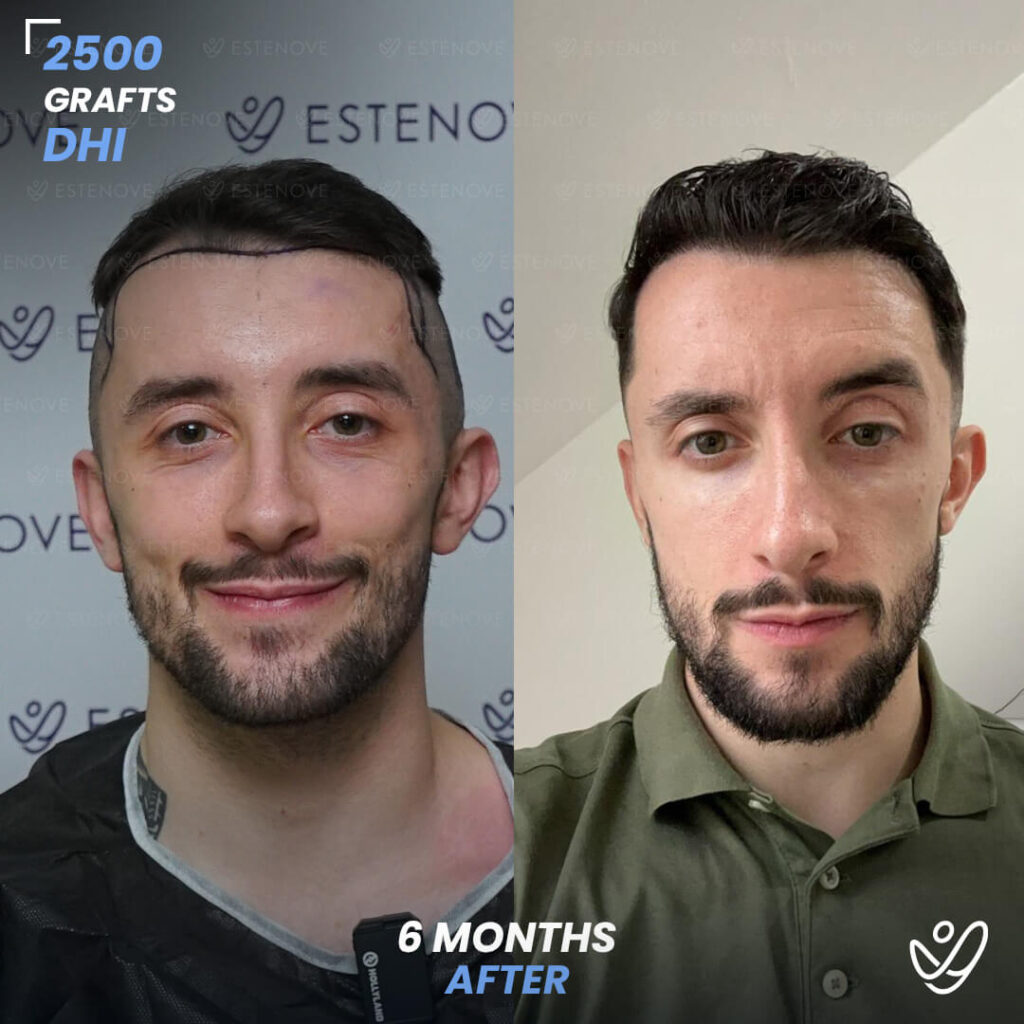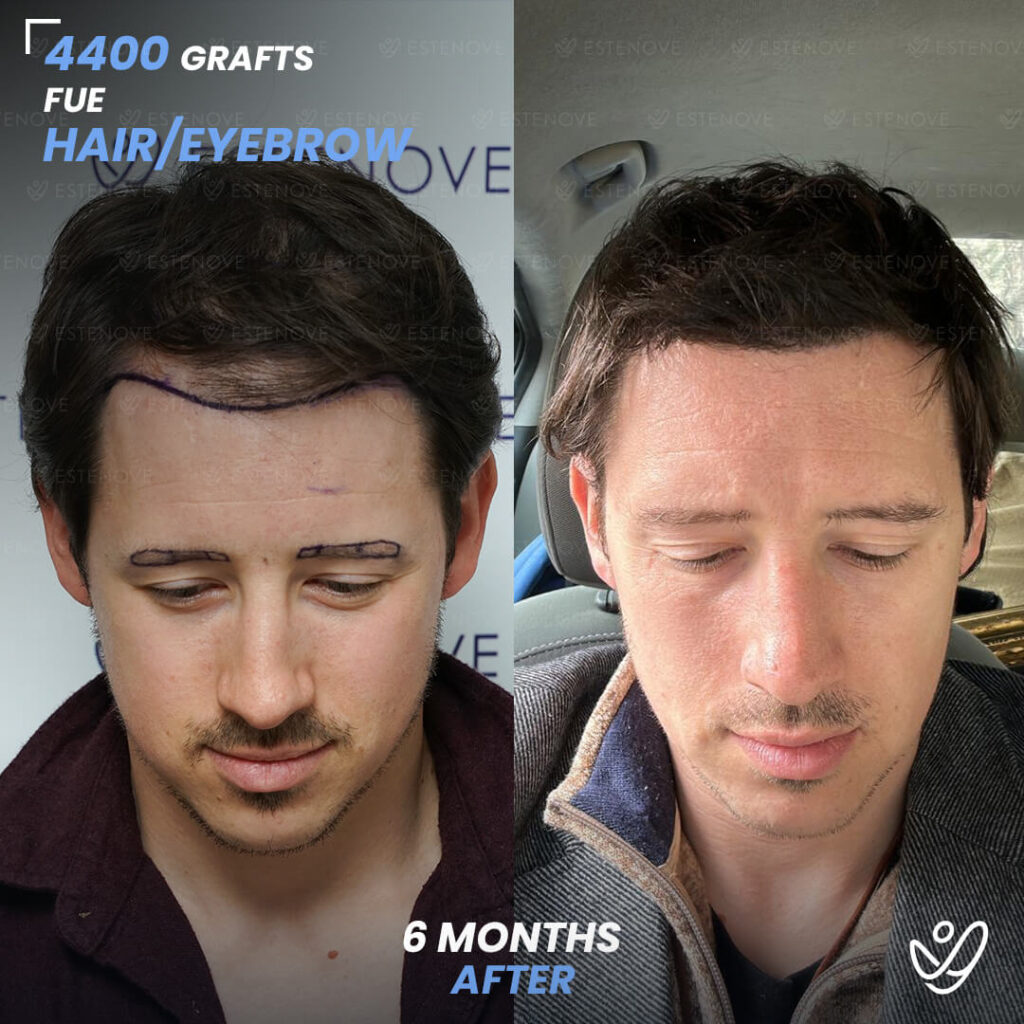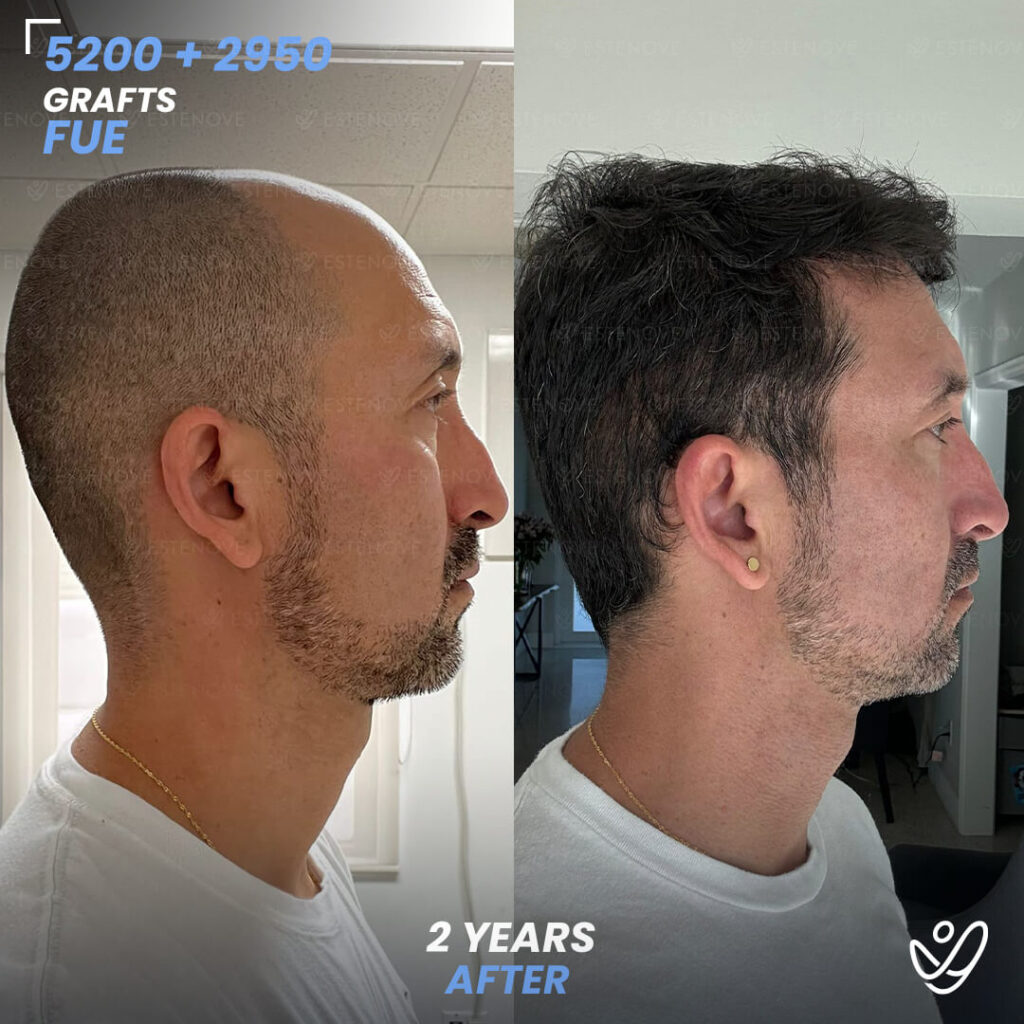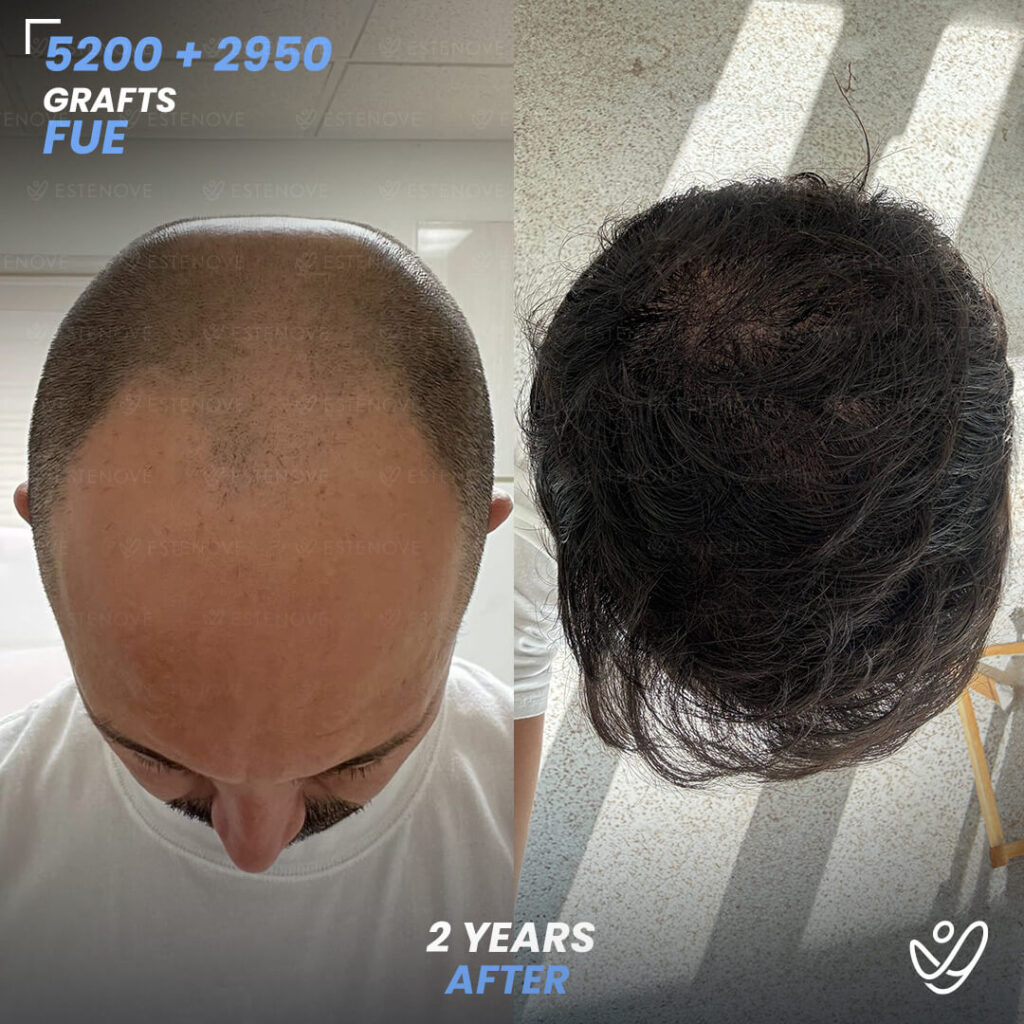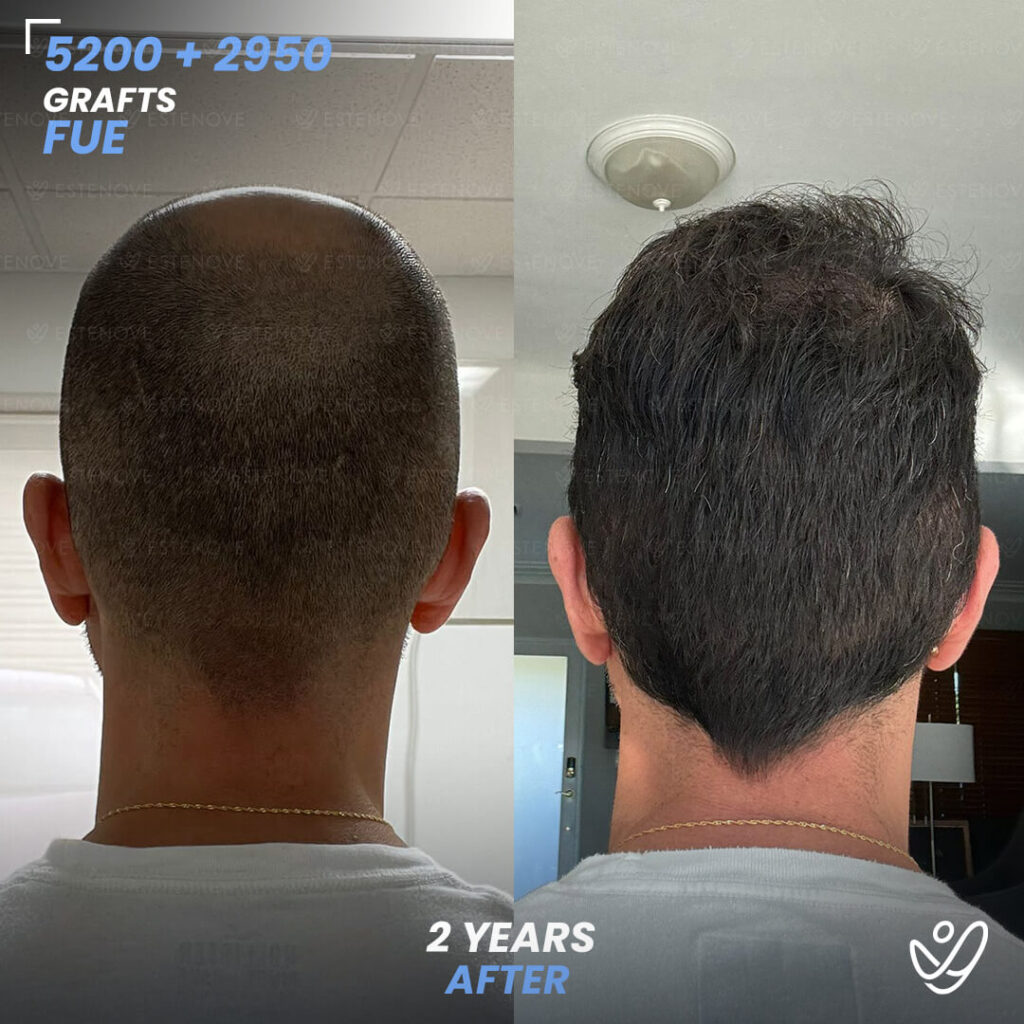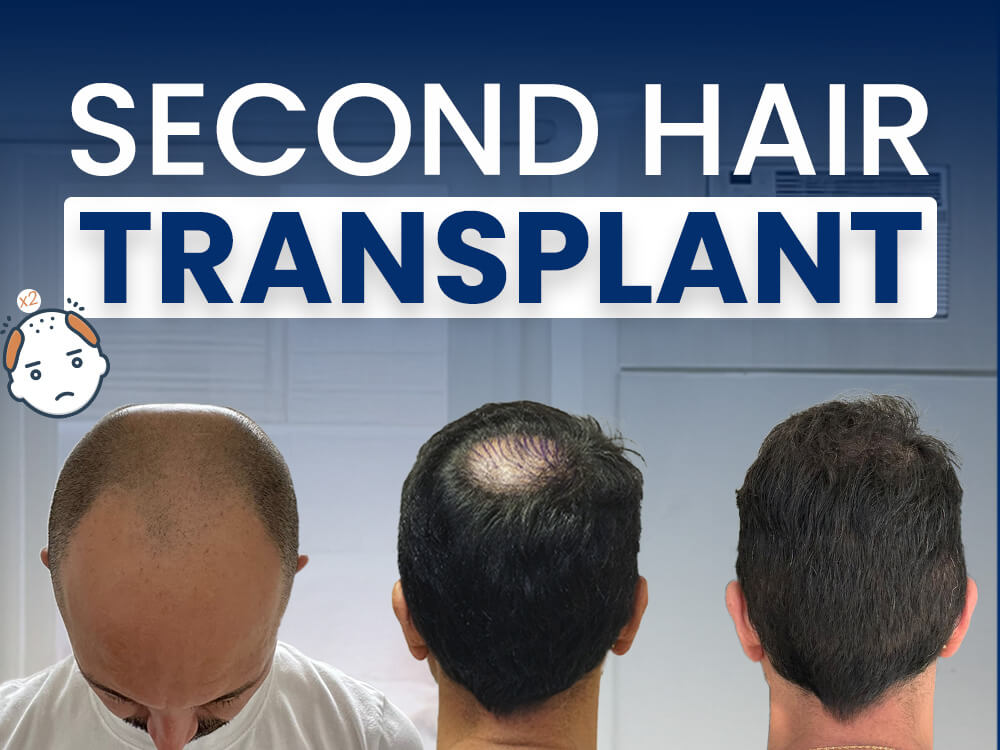
Hair loss can be a challenging and emotional journey for many individuals. While the first hair transplant often brings hope and initial success, it is not uncommon for some to consider a second procedure. Factors such as continued hair loss, the need for further density, or dissatisfaction with previous results can drive this decision.
Table of Contents
- The Need for a Second Hair Transplant
- Factors to Consider Before Opting for a Second Procedure
- The Differences Between First and Second Hair Transplants (/w B & A Photos)
- What to Expect from a Second Hair Transplant
- Common Concerns About Second Hair Transplants
- Techniques Used in Second Hair Transplants
- Preparing for Your Second Hair Transplant
- Post-Procedure Care After a Second Transplant
- Testimonials from Second Hair Transplant Patients
- Budgeting for Your Second Hair Transplant
The Need for a Second Hair Transplant
Understanding the reasons behind opting for a second hair transplant is crucial. In many cases, genetic predispositions to hair loss or changes in health can influence hair density over time. Additionally, a patient may feel that the aesthetic outcome of their first procedure did not meet their expectations, prompting a desire for revision or enhancement.
Moreover, the natural aging process can also contribute to the need for a second hair transplant. As individuals age, their hair may thin further, leading to a more pronounced contrast between transplanted hair and existing hair. This can create a desire for a follow-up procedure to restore a more youthful appearance. Furthermore, advancements in hair transplant techniques and technologies may offer patients better options than were available during their first procedure, making a second transplant an appealing choice for those seeking optimal results.
Another important aspect to consider is the psychological impact of hair loss. For many, hair is closely tied to self-image and confidence. The emotional toll of hair thinning can lead to feelings of inadequacy or social anxiety, motivating individuals to pursue additional treatments. In some cases, support groups or forums can provide valuable insights and encouragement, helping individuals navigate their options and make informed decisions about pursuing a second hair transplant. Ultimately, the journey is personal, and understanding the multifaceted reasons behind the choice for a second procedure can empower individuals to take control of their hair restoration journey.
Factors to Consider Before Opting for a Second Procedure
Before deciding on a second hair transplant, several factors warrant consideration. Firstly, the health of your existing hair follicles is vital. A thorough assessment by a qualified specialist can determine if your scalp is favorable for another transplantation.
Another critical factor is the existing hair loss pattern. If there has been significant progression since the first transplant, it might affect the planning for the subsequent procedure. Moreover, age can play a role; younger patients may experience more hair loss in the future, affecting the overall strategy for hair restoration.
- Assess Your Current Hair Density
- Consult a Specialist for a Detailed Scalp Analysis
- Consider Your Lifestyle and Hair Care Routine
The Differences Between First and Second Hair Transplants
The differences between the first and second hair transplant procedures can be significant. Often, the first transplant focuses on establishing a natural hairline and restoring volume to areas most affected by hair loss. In contrast, a second transplant is typically more targeted. Surgeons may enhance specific areas of concern or add density to the already transplanted hair.
The techniques employed during the second procedure might also differ, as surgeons have the advantage of learning from the outcomes of the first transplant. This can lead to more refined methods, addressing any shortcomings observed previously.
Before Hair Transplant Photos:
- Before Hair Transplant Photo
- Before Hair Transplant Photo
- Before Hair Transplant Photo
- Before Hair Transplant Photo
After First Hair Transplant Photos (5200 Grafts):
- After First Hair Transplant Photo (5200 Grafts)
- After First Hair Transplant Photo (5200 Grafts)
- After First Hair Transplant Photo (5200 Grafts)
- After First Hair Transplant Photo (5200 Grafts)
After Second Hair Transplant Photos (2950 Grafts):
- After Second Hair Transplant Photo (2950 Grafts)
- After Second Hair Transplant Photo (2950 Grafts)
- After Second Hair Transplant Photo (2950 Grafts)
- After Second Hair Transplant Photo (2950 Grafts)
What to Expect from a Second Hair Transplant
Success rates for second hair transplants are generally promising, especially with advancements in techniques and technology. Studies indicate that repeat procedures can yield favorable outcomes when properly planned and executed. However, the success of a second transplant often depends on various elements, including the skill of the surgeon, the health of the scalp, and the patient’s adherence to post-operative care.
Patients should have realistic expectations; while many enjoy satisfying results, others may need to undergo three or more sessions to achieve their desired look. Open communication with the surgeon is essential to guide expectations based on individual circumstances and hair loss patterns.
Common Concerns About Second Hair Transplants
Despite the growing popularity of hair transplants, many myths and concerns persist, especially regarding second procedures. One common misconception is that a second hair transplant can immediately resolve all hair loss issues. However, it is vital to understand that results take time and continuous follow-up is necessary.
Another prevalent concern is the potential for scarring. While it is true that every procedure carries risks, the advanced techniques used today aim to minimize scarring while maximizing hair growth. Consulting experienced surgeons can alleviate worries and clarify any misconceptions.
The Role of Advanced Techniques in Second Hair Transplants
With continuous advancements in hair restoration technology, second hair transplants are becoming increasingly sophisticated. Techniques such as Follicular Unit Extraction (FUE) allow for less invasive procedures, reducing recovery time and scarring.
Additionally, the integration of microscopic techniques has revolutionized hair transplantation, enabling surgeons to work with greater precision. This ensures that hair follicles are handled delicately, promoting a higher survival rate in transplanted grafts.
Preparing for Your Second Hair Transplant
Preparation for a second hair transplant involves several crucial steps. Firstly, patients should undergo a detailed consultation to evaluate previous results and discuss goals for the new procedure. It’s essential to voice concerns and outline specific areas for improvement.
Next, preparing your scalp is essential. Similar to the first transplant, patients should avoid blood thinners, alcohol, and smoking a few days prior to the procedure. Following a tailored pre-operative routine can help maximize the success rate.
- Have a Comprehensive Consultation with Your Specialist
- Follow Pre-Operative Instructions Carefully
- Ensure Emotional and Physical Readiness

Calculate the number of grafts needed for your hair transplant and get an estimated cost for various destinations
Post-Procedure Care After a Second Transplant
Post-operative care is essential for achieving the best outcomes following a second hair transplant. Patients should adhere strictly to aftercare guidelines, which often include avoiding strenuous activities, protecting the scalp from sun exposure, and refraining from using harsh hair products.
Regular follow-ups with the surgeon are also crucial to monitor the progress and address any concerns. Emotional support during the recovery phase can contribute significantly to an individual’s experience and satisfaction with the result.
- First & Second Hair Transplant Before After – FUE 5200 + 2950 Grafts, Patient Age: 48
- Second Hair Transplant Before After – FUE 5200 + 2950 Grafts – Wilmer Sanchez
- First & Second Hair Transplant Before After – FUE 5200 + 2950 Grafts, Patient Age: 48
- Second Hair Transplant Before After – FUE 5200 + 2950 Grafts – Wilmer Sanchez
Testimonials from Second Hair Transplant Patients
Hearing from individuals who have undergone second hair transplants can provide valuable insights and encouragement for prospective patients. Many describe their experiences as transformative, both emotionally and physically. One individual noted,
I definitely recommend Estenove. People who saw the photos I uploaded to Facebook thought the photos were fake. This shows that the results are actually really good. I never imagined in a million years that I would have hair again.
Wilmer Sanchez
Former Hair Transplant Patient of Estenove
Checkout the video below, or the full story here: FUE 5200 + 2950 Grafts Hair Transplant, 2 Years Before After – Wilmer Sanchez
Cost Considerations: Budgeting for Your Second Hair Transplant
Budgeting for a second hair transplant can be a complex process, as costs can vary significantly based on factors such as the surgeon’s expertise, the techniques used, and the extent of the grafts required. Patients should research thoroughly, obtaining quotes from reputable clinics and understanding what each price includes.
It is also worth considering financing options that many clinics offer. Spreading the cost over time can alleviate financial stress and allow patients to focus on their hair restoration journey without undue worry.
Fill the form below to get free consultation

